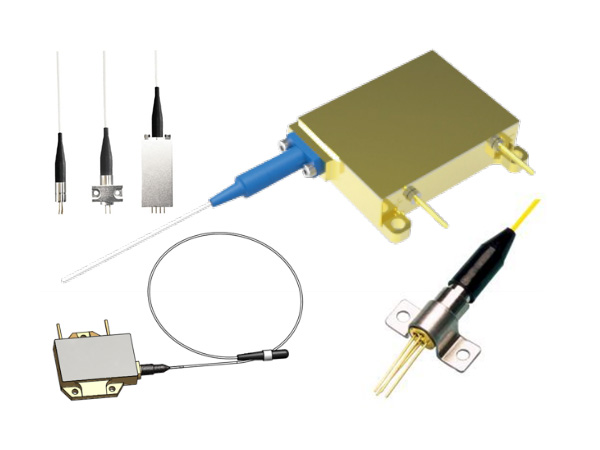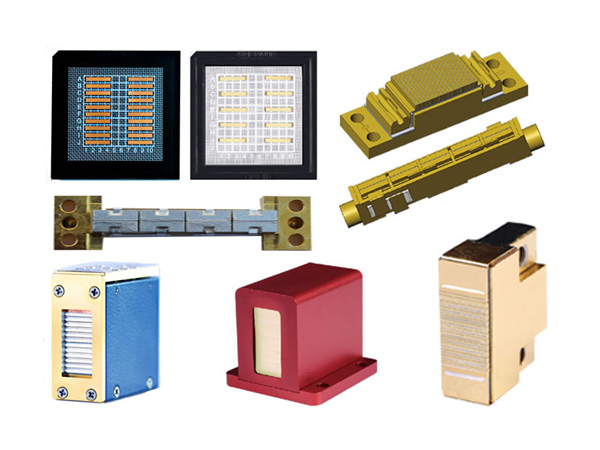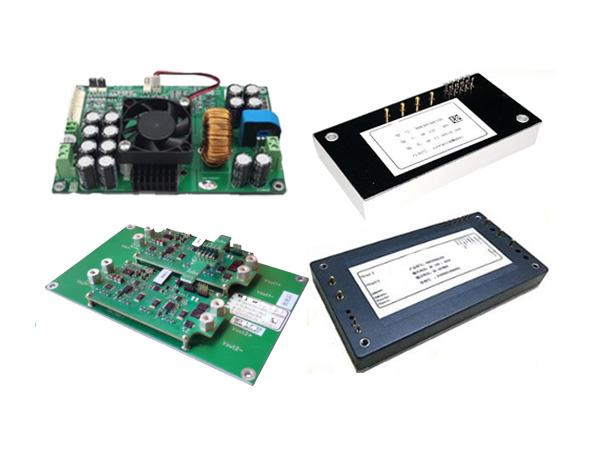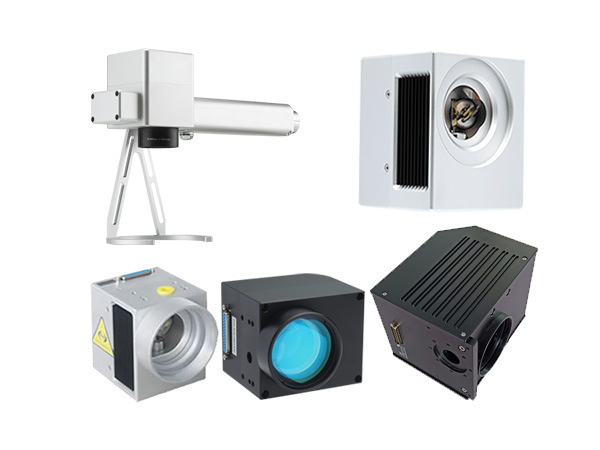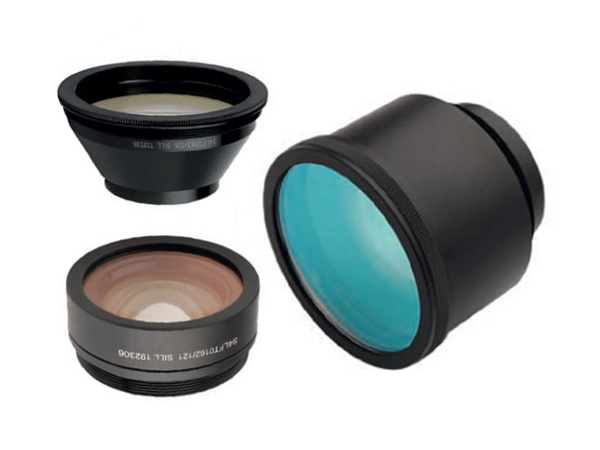3D Robotic Laser Cutting Machine - The Optimal Choice for Complex-Shaped Workpiece Processing
Compared to traditional laser cutting automation, robotic laser cutting offers several significant advantages. However, you may still be uncertain whether this is the best approach for your needs. Why choose robotic systems over conventional laser cutting machines? What are the drawbacks of traditional equipment?
Automated laser cutting is not a new concept. Most machine shops and manufacturing facilities already utilize flatbed laser cutting machines. Laser cutting is widely applied in industries such as automotive, jewelry, and semiconductor manufacturing. While flatbed laser cutters are versatile compared to traditional methods like bandsaws and waterjet cutting—capable of both cutting and surface engraving—they are not always ideal. First, they are typically expensive, with commercial models ranging from $20,000 to $250,000 or more. Even with a reasonable ROI, these machines are limited to specific tasks: cutting on a single plane. This necessitates high daily production volumes to justify their cost.
Traditional flatbed laser cutting machines expose three critical flaws when processing complex-shaped workpieces:
Dimensional Limitations: Restricted to 2D planar cutting, rendering them ineffective for 3D structures like tapered pipes.
Large Footprint: A single machine can occupy an entire workshop, representing significant spatial investment.
Supervision Dependency: Like many CNC machines, they require skilled operators, increasing labor costs.
Additional shortcomings include:
Efficiency Trap: 2-hour repositioning for workpiece changes causes production downtime.
Precision Challenges: Difficulty maintaining ±0.2mm tolerances on complex curved surfaces.
How Does Robotic Laser Cutting Transform the Status?
Robotic laser cutting overcomes these limitations with key benefits:
Omnidirectional Cutting: Robots position laser heads in nearly any spatial orientation, eliminating planar restrictions.
Flexibility: A single robot can replace multiple traditional machines.
Large Workspace: Industrial robots maintain expansive operational ranges without spatial compromises.
Reduced Footprint: Compact systems optimize floor space utilization.
Autonomous Operation: Properly programmed robots operate independently, handling material loading/unloading to minimize labor costs.
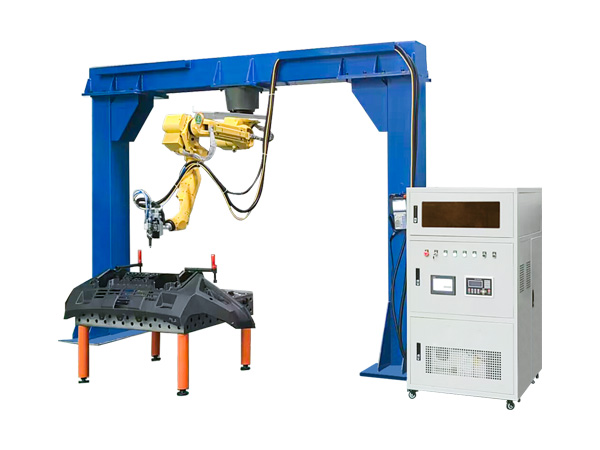
Sintec Optronics' Technological Breakthroughs in 3D Processing
With years of expertise in complex-shaped workpiece processing, we have achieved:
Micron-Level Precision: 3D galvanometer technology ensures ≤0.03mm roundness error for 2mm diameter holes.
AI Path Optimization: Reduces idle motion by 35% through intelligent algorithms.
Thermal Deformation Suppression: "Pulse-Continuous" hybrid cutting confines heat-affected zones to 0.2mm.
Advancements in robotics now enable exceptional cutting performance across materials:
| Material Type | Cutting Thickness | Surface Roughness |
| Stainless Steel | 0.5-15mm | Ra ≤12.5μm |
| Titanium Alloy | 1-8mm | Ra ≤8μm |
| Carbon Fiber | 0.8-5mm | Burr-free |
Finally, integrating advanced programming with robust hardware maximizes robotic laser cutting potential. Contact us to discover the optimal cutting solution tailored for your needs! For more further information, pls click here.
 English
English Français
Français Deutsch
Deutsch euskara
euskara Русский язык
Русский язык Italiano
Italiano Português
Português Nederlands
Nederlands Polski
Polski Greek
Greek Lietuva
Lietuva Türkçe
Türkçe 日本語
日本語 한어
한어 中文
中文 தாமில்
தாமில் فارسی
فارسی हिंदी
हिंदी Tiếng Việt
Tiếng Việt ภาษาไทย
ภาษาไทย Pilipino
Pilipino Indonesia
Indonesia தாமில்
தாமில்
